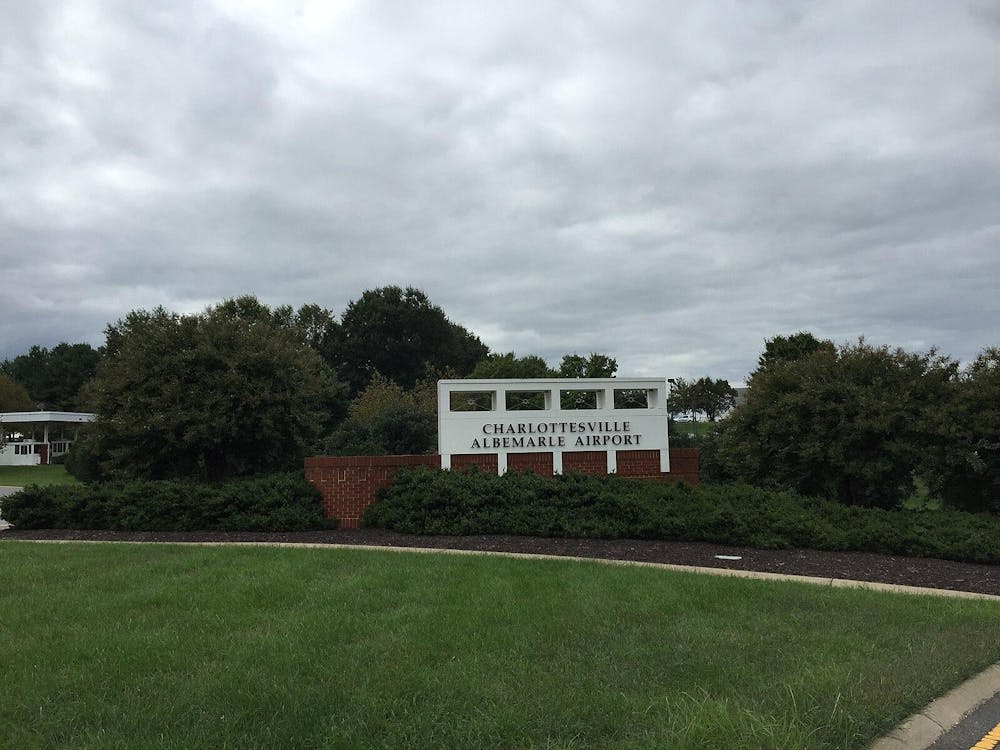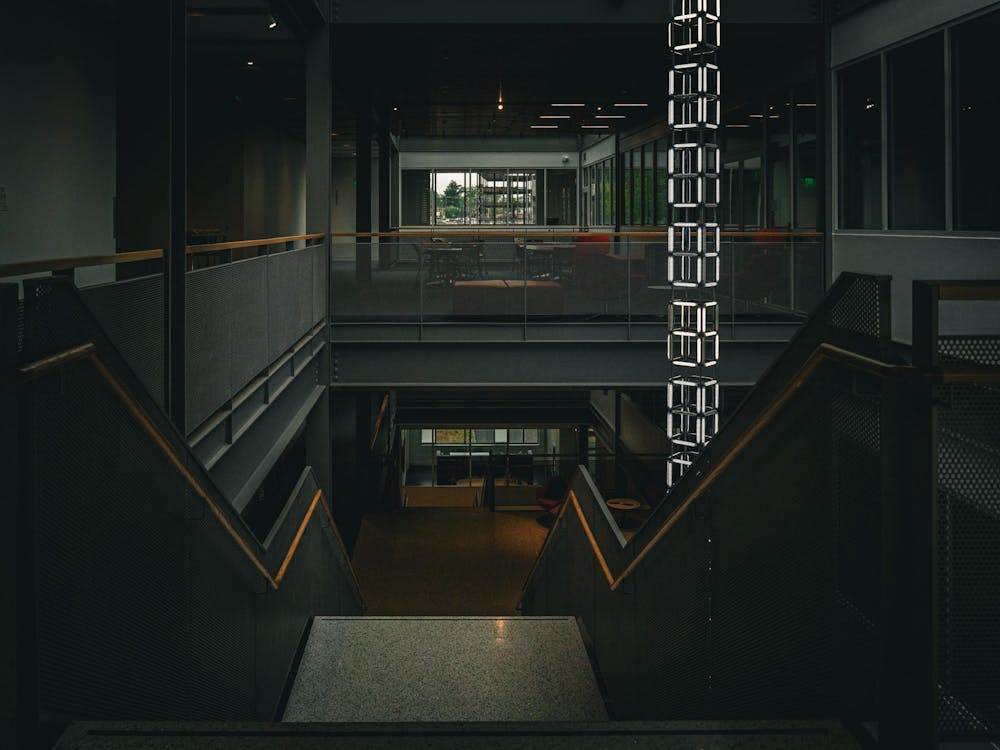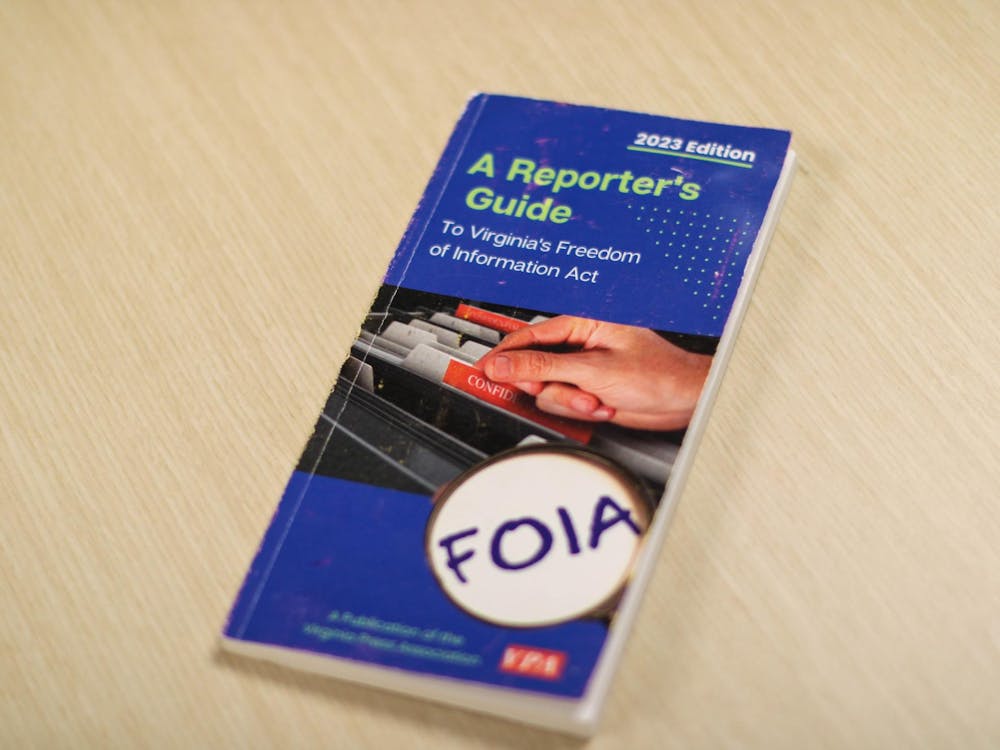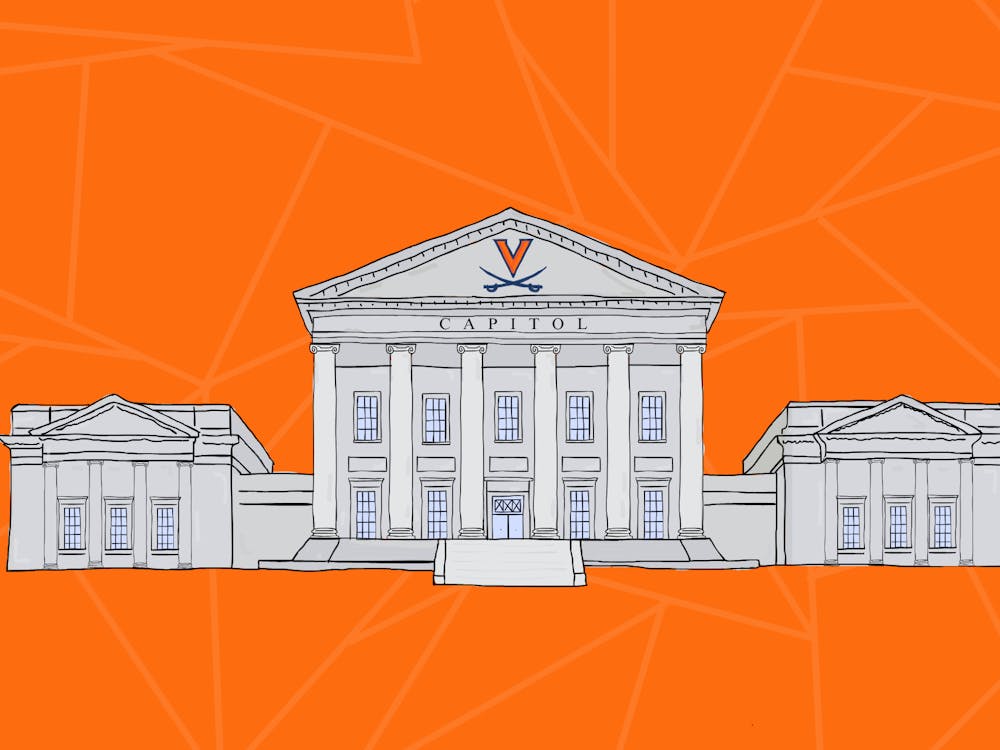Out-of-state students face an array of travel decisions when traveling to and from the University. While in-state students are often a car ride away from home, their out-of-state counterparts have had to find efficient and affordable ways to travel across several states just to get back home or back to school.
Options for students traveling home include the Amtrak station which is around a five-minute drive from Grounds and is used by both in- and out-of-state students. The Amtrak train has direct routes up and down the East Coast in addition to lines to Northern Virginia and Southwestern Virginia. However, there is no direct line to Richmond or the Hampton Roads area.
For out of-state students, flying out of the Charlottesville-Albermarle Airport, which is a 25-minute drive from Grounds, can be a convenient option. Regional airports are also available — the Richmond International Airport an hour and a half from Grounds, and Washington-area airports like Dulles International Airport, Ronald Reagan National Airport and Baltimore/Washington International Thurgood Marshall Airport, which vary from two to three hours away from Grounds.
Still, Charlottesville’s airport remains one of the most straightforward options. While it only has five gates, the Charlottesville airport connects to a few hub airports for major airlines, primarily Charlotte and LaGuardia for American Airlines, Atlanta and LaGuardia for Delta Airlines and Dulles and O’Hare for United Airlines.
Second-year College student Nolan Batton is from Madison, Wis. and regularly travels to Charlottesville by plane. He noted that driving would take roughly 13 to 14 hours whereas flying is much smoother and faster, despite having to transfer flights.
Batton typically connects through Charlotte Douglas International Airport, but depending on weather and flight availability has had to connect elsewhere, including LaGuardia and O’Hare International Airport in Chicago.
He said transferring flights can sometimes be a hassle, and that there are still times where the time spent flying is comparable to the time spent driving, especially when he was rebooked on a connecting flight through LaGuardia during winter break.
“The longest time I've spent traveling to get from Charlottesville to Madison was when I was trying to get home from winter break,” Batton said. “It took me about 12 hours from entering [Charlottesville airport] to exiting the airport back at home, and that was a pretty tough day.”
Other students also expressed general satisfaction with the convenience and size of Charlottesville’s airport, including second-year Commerce student Grant Supancich.
Supancich is from Southeast Michigan, near Detroit, and regularly travels by plane, typically having to connect through LaGuardia or Hartsfield-Jackson International Airport in Atlanta before arriving in Charlottesville. He said that since the Charlottesville airport is so small, it takes only a couple minutes to get through security and get to the gate given that everything is very centrally located and close together.
While he has generally positive views on the airport itself as well, his main critique is centered around its location and the time required to get there given that the airport is located near Hollymead, several miles north of Charlottesville.
“Honestly, my experience with [the Charlottesville airport] has been pretty good,” Supancich said. “But in my first year I did not have a car, I would have to get an Uber or a taxi from the airport to the dorms, which would cost some money.”
Batton shared these concerns and said that it can be very expensive to take an Uber or taxi service to the airport — ranging from around $15 to $75 depending on the time — which can take up to half an hour from first-year dorms. According to Batton, traffic can also get very heavy around the holidays and breaks, since most students are either driving back home or to the airport.
Still, Batton said that he generally likes the Charlottesville airport and how it is kept fairly tidy and organized. He mentioned how he particularly likes the cafe inside the airport, the friendly staff as well as the views from the gates looking out across the Blue Ridge Mountains in the distance. He also said he has never had an issue with security, making going through the airport to his gate a very smooth and efficient process for him.
However, he did note that it is a small regional airport with limited operational capabilities and that it can have few available flights with it difficult to book flights and travel back home.
“Because it's so small and there's only, I think, like five gates, if you can't get out of Charlottesville with its one regional airport, then you're kind of stuck there,” Batton said.
Accessing regional airports is another option, but requires students to combine modes of transportation, either through a connecting flight, a train ticket or a car. Students have the option of driving, taking the Amtrak — which goes to Washington and has a stop directly at BWI — as well as the Student Council’s Airbus, a shuttle service to Dulles during holidays.
An Amtrak train from Charlottesville to Washington Union Station can cost roughly $30-80 for a one-way ticket on a weekend, but can be cheaper on a weekday. The Airbus is sponsored by Student Council’s Support and Access Branch and is free to all students. Students with cars can also opt to drive to these larger airports.
One of these students is fourth-year College student Ned Kronenberg from Westchester County, N.Y. who drives from Charlottesville to Dulles. He then takes a plane to LaGuardia Airport in New York before driving further upstate to his home north of New York City.
He noted that he has taken advantage of several different options to get to Charlottesville, including taking Amtrak trains and driving straight to his home in New York, which is his favorite way to travel. Kronenberg said he generally prefers taking Interstate 81 though western Virginia rather than the urban Interstate 95.
“Sometimes just having to be in the car for seven or eight hours can just be a lot, but especially in Virginia, it can be a very nice drive,” Kronenberg said.
Air travel in general is an expensive option, so other students like second-year Commerce student Patrick Jo, who lives in Bergen County, N.J. do not travel by plane, but instead take Amtrak trains. He also mentioned that the Charlottesville airport is quite small and far away, which makes taking the train much more appealing.
His main reason for taking Amtrak, however, is its affordability with train tickets being several hundred dollars cheaper than flights. Amtrak also offers discounts on tickets for students traveling within Virginia or Washington. He added that he generally likes using Amtrak, noting that the trains are comfortable and spacious, but the journey can still be tiring.
“The seven hour [train] ride is definitely exhausting. And there are times where I've ridden Amtrak and thought, maybe I should take a plane next time, just to cut down the travel time,” Jo said.
His main reason for not taking a plane is that he said that the Newark Liberty International Airport is a mess. He described that luggage is frequently lost and that airplane traffic can be very slow due to a lack of air traffic controllers and technical failures between towers.
He plans to take Amtrak again for the beginning of the fall semester.
Overall, the local options — train or plane — received mostly good reviews. Batton said he intends to continue using the Charlottesville airport throughout his time at the University, including when he travels back this fall.
“All in all, I've spent quite a little bit at the Charlottesville airport,” Batton said. “So I'd like to think that I have some pretty deep connections with that place.”







